4-异丙氧基苯甲醛, 97.0%,4-Isopropoxybenzaldehyde
产品编号:西域试剂-WR130809| CAS NO:18962-05-5| MDL NO:MFCD00052357| 分子式:C10H12O2| 分子量:164.21
ALDH1A3-IN-3(化合物16)是ALDH1A3的有效抑制剂,IC50为0.26μM。ALDH1A3-IN-3也是良好的ALDH3A1底物。ALDH1A3-IN-3可用于前列腺癌的研究。
本网站销售的所有产品仅用于工业应用或者科学研究等非医疗目的,不可用于人类或动物的临床诊断或者治疗,非药用,非食用,
| 英文名称 | 4-Isopropoxybenzaldehyde | ||||||||||||||||
|---|---|---|---|---|---|---|---|---|---|---|---|---|---|---|---|---|---|
| CAS编号 | 18962-05-5 | ||||||||||||||||
| 产品描述 | ALDH1A3-IN-3(化合物16)是ALDH1A3的有效抑制剂,IC50为0.26μM。ALDH1A3-IN-3也是良好的ALDH3A1底物。ALDH1A3-IN-3可用于前列腺癌的研究。 | ||||||||||||||||
| 产品沸点 | 108-110 °C (5 mmHg) | ||||||||||||||||
| 产品密度 | 1.036 | ||||||||||||||||
| 产品闪点 | 108-110°C/5mm | ||||||||||||||||
| 精确质量 | 164.08400 | ||||||||||||||||
| PSA | 26.30000 | ||||||||||||||||
| LogP | 2.28630 | ||||||||||||||||
| 蒸气压 | 0.00982mmHg at 25°C | ||||||||||||||||
| 折射率 | 1.545-1.547 | ||||||||||||||||
| 溶解性数据 | In Vitro:
DMSO : 100 mg/mL (609.01 mM; Need ultrasonic) 配制储备液
*
请根据产品在不同溶剂中的溶解度选择合适的溶剂配制储备液;一旦配成溶液,请分装保存,避免反复冻融造成的产品失效。 In Vivo:
请根据您的实验动物和给药方式选择适当的溶解方案。以下溶解方案都请先按照 In Vitro 方式配制澄清的储备液,再依次添加助溶剂:
——为保证实验结果的可靠性,澄清的储备液可以根据储存条件,适当保存;体内实验的工作液,建议您现用现配,当天使用;
以下溶剂前显示的百
| ||||||||||||||||
| 靶点 |
IC50: 0.26 μM (ALDH1A3) | ||||||||||||||||
| 稳定性 | 常温常压下稳定 避免的物料:氧化物 碱 空气 还原剂 | ||||||||||||||||
| 储存条件 | 常温密闭避光,通风干燥 |
相关文档
化学品安全说明书(MSDS)
下载MSDS质检证书(COA)
相关产品
| 危害码 (欧洲) | Xi:Irritant; |
|---|---|
| 风险声明 (欧洲) | R36/37/38 |
| 安全声明 (欧洲) | S37/39-S26 |
| 海关编码 | 2912499000 |
Synonym:None Known Section 2 - COMPOSITION, INFORMATION ON INGREDIENTS
Risk Phrases: 36/37/38 Section 3 - HAZARDS IDENTIFICATION EMERGENCY OVERVIEW
Irritating to eyes, respiratory system and skin.Air sensitive. Potential Health Effects Eye: Causes eye irritation. May cause chemical conjunctivitis. Skin: Causes skin irritation. May be harmful if absorbed through the skin. Ingestion: May cause irritation of the digestive tract. May be harmful if swallowed. Inhalation: Causes respiratory tract irritation. May be harmful if inhaled. Can produce delayed pulmonary edema. Chronic: Effects may be delayed. Section 4 - FIRST AID MEASURES Eyes: Immediately flush eyes with plenty of water for at least 15 minutes, occasionally lifting the upper and lower eyelids. Get medical aid. Skin: Get medical aid. Flush skin with plenty of water for at least 15 minutes while removing contaminated clothing and shoes. Wash clothing before reuse. Ingestion: Never give anything by mouth to an unconscious person. Get medical aid. Do NOT induce vomiting. If conscious and alert, rinse mouth and drink 2-4 cupfuls of milk or water. Wash mouth out with water. Inhalation: Remove from exposure and move to fresh air immediately. If not breathing, give artificial respiration. If breathing is difficult, give oxygen. Get medical aid. Do NOT use mouth-to-mouth resuscitation. Notes to Physician: Treat symptomatically and supportively. Section 5 - FIRE FIGHTING MEASURES General Information: As in any fire, wear a self-contained breathing apparatus in pressure-demand, MSHA/NIOSH (approved or equivalent), and full protective gear. During a fire, irritating and highly toxic gases may be generated by thermal decomposition or combustion. Extinguishing Media: Use water spray, dry chemical, carbon dioxide, or chemical foam. Section 6 - ACCIDENTAL RELEASE MEASURES General Information: Use proper personal protective equipment as indicated in Section 8. Spills/Leaks: Absorb spill with inert material (e.g. vermiculite, sand or earth), then place in suitable container. Avoid runoff into storm sewers and ditches which lead to waterways. Clean up spills immediately, observing precautions in the Protective Equipment section. Provide ventilation. Place under an inert atmosphere. Section 7 - HANDLING and STORAGE Handling: Avoid breathing dust, vapor, mist, or gas. Avoid contact with eyes, skin, and clothing. Avoid contact with skin and eyes. Keep container tightly closed. Avoid ingestion and inhalation. Handle under an inert atmosphere. Store protected from air. Wash clothing before reuse. Storage: Store in a cool, dry place. Store in a tightly closed container. Do not expose to air. Store under an inert atmosphere. Section 8 - EXPOSURE CONTROLS, PERSONAL PROTECTION Engineering Controls: Facilities storing or utilizing this material should be equipped with an eyewash facility and a safety shower. Use adequate ventilation to keep airborne concentrations low. Exposure Limits CAS# 18962-05-5: Personal Protective Equipment Eyes: Wear appropriate protective eyeglasses or chemical safety goggles as described by OSHA's eye and face protection regulations in 29 CFR 1910.133 or European Standard EN166. Skin: Wear appropriate protective gloves to prevent skin exposure. Clothing: Wear appropriate protective clothing to prevent skin exposure. Respirators: Follow the OSHA respirator regulations found in 29 CFR 1910.134 or European Standard EN 149. Use a NIOSH/MSHA or European Standard EN 149 approved respirator if exposure limits are exceeded or if irritation or other symptoms are experienced. Section 9 - PHYSICAL AND CHEMICAL PROPERTIES Physical State: Clear liquid Color: colorless to yellow Odor: Not available. pH: Not available. Vapor Pressure: Not available. Viscosity: Not available. Boiling Point: 108 - 110 deg C @ 5 mmHg Freezing/Melting Point: Not available. Autoignition Temperature: Not available. Flash Point: Not available. Explosion Limits, lower: Not available. Explosion Limits, upper: Not available. Decomposition Temperature: Solubility in water: Specific Gravity/Density: Molecular Formula: C10H12O2 Molecular Weight: 164.21 Section 10 - STABILITY AND REACTIVITY Chemical Stability: Stable under normal temperatures and pressures. Air sensitive. Conditions to Avoid: Exposure to air. Incompatibilities with Other Materials: Strong bases, strong oxidizing agents, strong reducing agents. Hazardous Decomposition Products: Carbon monoxide, carbon dioxide. Hazardous Polymerization: Has not been reported Section 11 - TOXICOLOGICAL INFORMATION RTECS#: CAS# 18962-05-5 unlisted. LD50/LC50: Not available. Carcinogenicity: 4-Isopropoxybenzaldehyde - Not listed by ACGIH, IARC, or NTP. Section 12 - ECOLOGICAL INFORMATION Section 13 - DISPOSAL CONSIDERATIONS Dispose of in a manner consistent with federal, state, and local regulations. Section 14 - TRANSPORT INFORMATION IATA Not regulated as a hazardous material. IMO Not regulated as a hazardous material. RID/ADR Not regulated as a hazardous material. Section 15 - REGULATORY INFORMATION European/International Regulations European Labeling in Accordance with EC Directives Hazard Symbols: XI Risk Phrases: R 36/37/38 Irritating to eyes, respiratory system and skin. Safety Phrases: S 26 In case of contact with eyes, rinse immediately with plenty of water and seek medical advice. S 37/39 Wear suitable gloves and eye/face protection. WGK (Water Danger/Protection) CAS# 18962-05-5: No information available. Canada None of the chemicals in this product are listed on the DSL/NDSL list. CAS# 18962-05-5 is not listed on Canada's Ingredient Disclosure List. US FEDERAL TSCA CAS# 18962-05-5 is not listed on the TSCA inventory. It is for research and development use only. SECTION 16 - ADDITIONAL INFORMATION N/A |
|
~78% 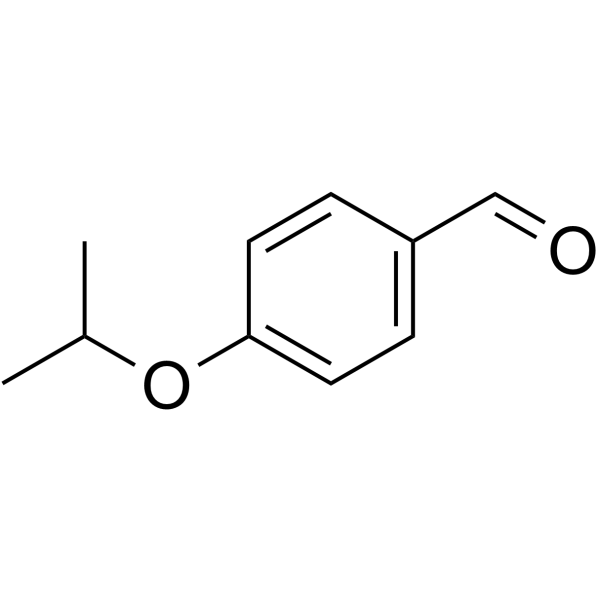
18962-05-5 |
| 文献:Rosales, Carmen Almansa; Gonzalez Gonzalez, Concepcion; Torres Barreda, Maria Carmen Patent: US2003/176481 A1, 2003 ; |
|
~98% 
18962-05-5 |
| 文献:Amslinger, Sabine; Lindner, Simon K. Synthesis, 2011 , # 16 art. no. T46111SS, p. 2671 - 2683 |
|
~78% 
18962-05-5 |
| 文献:Meshram; Goud, P. Ramesh; Reddy, B. Chennakesava; Kumar, D. Aravind Synthetic Communications, 2010 , vol. 40, # 14 p. 2122 - 2129 |
|
~% 
18962-05-5 |
| 文献:Journal fuer Praktische Chemie (Leipzig), , vol. <4> 3, p. 274,275 |




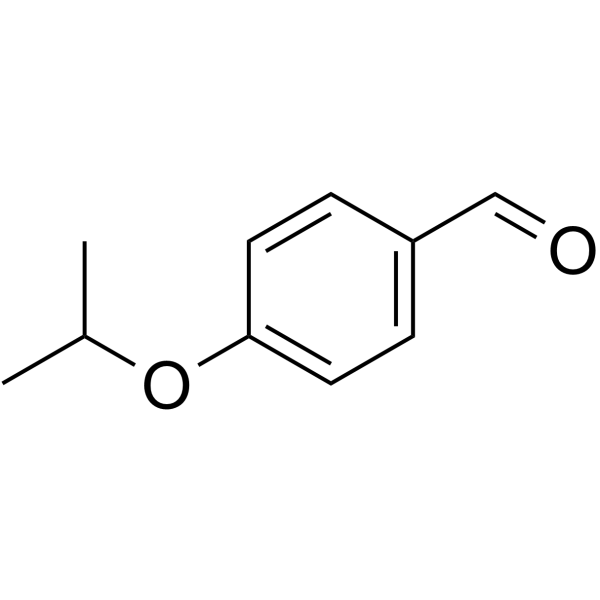
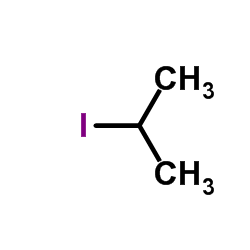
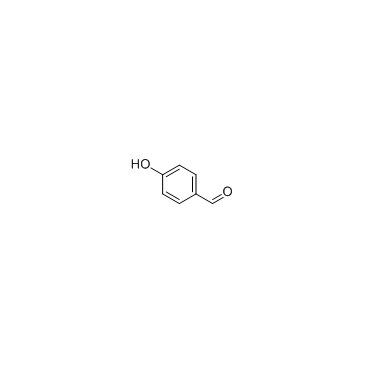
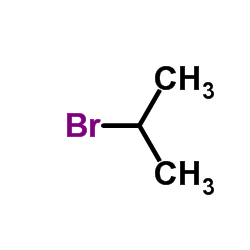
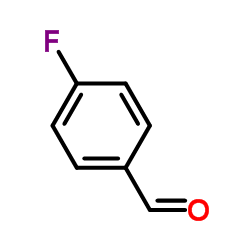
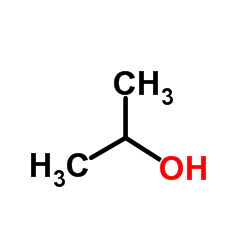

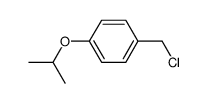





 浙公网安备 33010802013016号
浙公网安备 33010802013016号